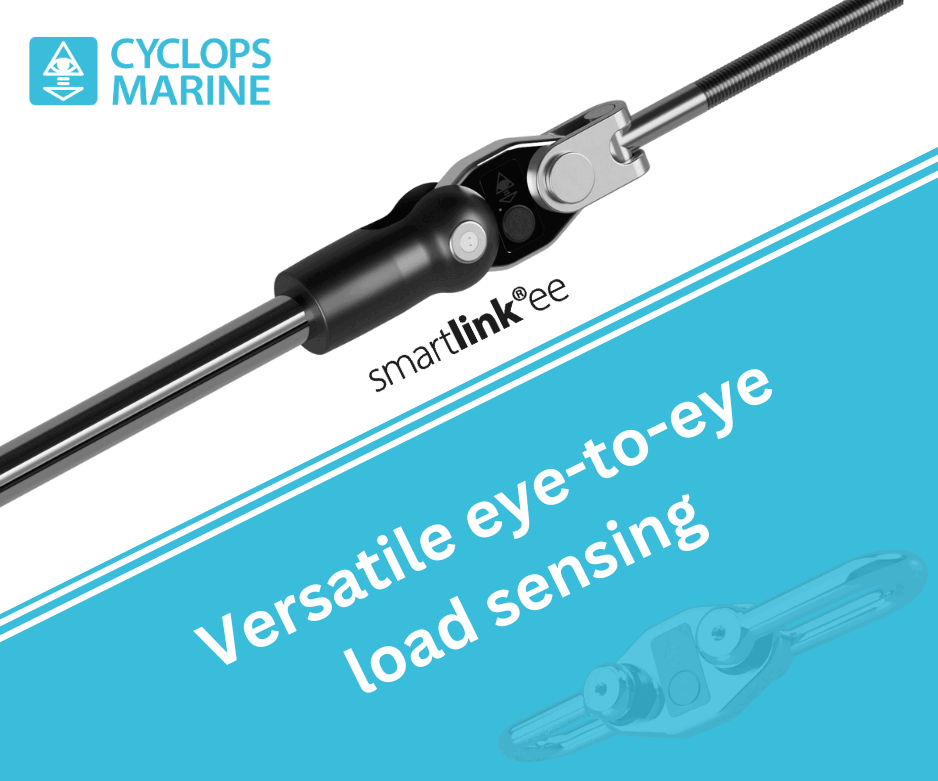-202403121604.gif)












Boats for sale
| Laser XD 203301 Upminster |
 |
| J24 (Sail No. 4239) Dartmouth |
 |
| Laurent Giles 'Jolly Boat' Exeter |
 |
List classes of boat for sale |
Starboard Rounding Windward Mark Incident |
Post Reply 
|
Page <1 4567> |
| Author | ||
sargesail 
Really should get out more 
Joined: 14 Jan 06 Location: United Kingdom Online Status: Offline Posts: 1459 |
 Post Options Post Options
 Quote Quote  Reply Reply
 Topic: Starboard Rounding Windward Mark Incident Topic: Starboard Rounding Windward Mark IncidentPosted: 27 May 13 at 8:38pm |
|
|
||
 |
||
gordon 
Really should get out more 
Joined: 07 Sep 04 Online Status: Offline Posts: 1037 |
 Post Options Post Options
 Quote Quote  Reply Reply
 Posted: 27 May 13 at 9:33pm Posted: 27 May 13 at 9:33pm |
|
|
I am not convinced that there is a contradiction.
If P finishes her tack clear ahead but close enough so that there is a rule 15 issue then P and S were almost certainly overlapped as, or soon after, P passed head to wind. If either P or S were in the zone at this time then 18.2a applies and in addition to meeting her rule 13 and then later rule 15 obligations P must give mark room. 18.2e does not apply because the overlap was not obtained from clear astern or by S tacking to windward. S, overlapped on the inside to windward, is entitled to room to tack. If P breaks the overlap, 18.2a ceases to apply only to reapply when S establishes a new overlap. If P is now unable to give mark room it seems improbable, to say the least, that P was giving mark room whilst tacking. |
||
|
Gordon
|
||
 |
||
JimC 
Really should get out more 

Joined: 17 May 04 Location: United Kingdom Online Status: Offline Posts: 6649 |
 Post Options Post Options
 Quote Quote  Reply Reply
 Posted: 27 May 13 at 10:38pm Posted: 27 May 13 at 10:38pm |
|
Maybe what this thread is highlighting is that that rule of thumb we've always worked by isn't entirely enshrined in the rules and in fact there's an exception... I sail boats that go very fast upwind, are wide, but come very slowly out of a tack, and I can easily envisage this situation happening. But I think on the whole I'm with Gordon. Rule 15 is critical. With the revised definition of room that includes compliance with rule 31 then I really cannot imagine a situation in which P can be considered to have given room if S doesn't get round the mark without touching it. Certainly in the boats I sail neither bearing away behind a slower boat or attempting an immediate slow down could remotely be considered manouvering in a seamanlike way. |
||
 |
||
sargesail 
Really should get out more 
Joined: 14 Jan 06 Location: United Kingdom Online Status: Offline Posts: 1459 |
 Post Options Post Options
 Quote Quote  Reply Reply
 Posted: 27 May 13 at 10:55pm Posted: 27 May 13 at 10:55pm |
|
|
||
 |
||
sargesail 
Really should get out more 
Joined: 14 Jan 06 Location: United Kingdom Online Status: Offline Posts: 1459 |
 Post Options Post Options
 Quote Quote  Reply Reply
 Posted: 27 May 13 at 10:57pm Posted: 27 May 13 at 10:57pm |
|
Agreed ref an exception....but I can't quite see how the rule 31 aspect of room is not in conflict with 18.2 (e) - may be some unintended consequence of the change.
|
||
 |
||
sargesail 
Really should get out more 
Joined: 14 Jan 06 Location: United Kingdom Online Status: Offline Posts: 1459 |
 Post Options Post Options
 Quote Quote  Reply Reply
 Posted: 27 May 13 at 10:59pm Posted: 27 May 13 at 10:59pm |
|
|
The irony in all of this is that I started with the assumption as S that I wouldn't be able to get mark room! The thread has corrected that view....but many were in the same boat as me....which demonstrates the logic.....unless you go to the default "if you tack in the zone you're wrong".....
|
||
 |
||
Brass 
Really should get out more 
Joined: 24 Mar 08 Location: Australia Online Status: Offline Posts: 1146 |
 Post Options Post Options
 Quote Quote  Reply Reply
 Posted: 27 May 13 at 11:46pm Posted: 27 May 13 at 11:46pm |
|
If P reaches her close hauled course clear ahead, whether above or below S's course, I think this is looking like a 'pure' rule 15: if there is time and space for S to keep clear to windward, there will proabably also be room for her to bear away and go to leeward (as you say, starting sails and slowing up as necessary): special circumstances such as a third boat to leeward, of course, excepted. Agree with Gordon, that if the boats are really close together, there's every good chance that P has not given S room to keep clear, but it might be that the boundary between rule 13 and 15 is indistinguishable, whether on protest hearing evidence or umpire observation.
Edited by Brass - 28 May 13 at 3:09am |
||
 |
||
Brass 
Really should get out more 
Joined: 24 Mar 08 Location: Australia Online Status: Offline Posts: 1146 |
 Post Options Post Options
 Quote Quote  Reply Reply
 Posted: 28 May 13 at 12:01am Posted: 28 May 13 at 12:01am |
|
I thought we'd all agreed that while it would seem logical to extend the 'if she is unable to give mark-room' get-out in rule 18.2( e ) to mark-room under rule 18.3( b ) the rules don't say that: When rule 18.3 applies rule 18.2 does not apply, so there is no get out of gaol card under rule 18.3.
I quite liked what JimC said:
Just another thing while thinking about rule 18.2( e ) and rule 19.2( c ). The get out of gaol criteria are subtly but distinctly different:
Rule 18.3( e ) 'from the time the overlap began the outside boat has been unable to give mark-room'
Rule 19.2( c ) 'at the moment the overlap begins there is no room ... to pass between'
Under rule 19.2( c ) the outside boat can be well able to give room but may refuse to do so if there was no room at the beginning of the overlap.
|
||
 |
||
Brass 
Really should get out more 
Joined: 24 Mar 08 Location: Australia Online Status: Offline Posts: 1146 |
 Post Options Post Options
 Quote Quote  Reply Reply
 Posted: 28 May 13 at 12:24am Posted: 28 May 13 at 12:24am |
|
If, despite JimC's advice you want to metaphysically contemplate 'principles' or 'what the rules should say or mean', you could say that the rule 15 obligation to give room to not touch a mark under rule 31 is 'in tension' with the rule 18.2( e ).
However you can't say there's a contradiction.
Rule 18 deals with mark-room.
Rule 15 deals with room to keep clear.
Different animals.
|
||
 |
||
Brass 
Really should get out more 
Joined: 24 Mar 08 Location: Australia Online Status: Offline Posts: 1146 |
 Post Options Post Options
 Quote Quote  Reply Reply
 Posted: 28 May 13 at 12:31am Posted: 28 May 13 at 12:31am |
|
A bit simplistic there, and you're importing words from the definition of keep clear overlapped, applicable to the right of way boat, into the room to keep clear situation and applying them to the give way boat.
Consider the situation where a boat clear astern surfs into the close leeward overlapped position and then the same wave picks up the other boat and surfs her clear ahead again.
|
||
 |
||
Post Reply 
|
Page <1 4567> |
| Forum Jump | Forum Permissions  You cannot post new topics in this forum You cannot reply to topics in this forum You cannot delete your posts in this forum You cannot edit your posts in this forum You cannot create polls in this forum You cannot vote in polls in this forum |
Bulletin Board Software by Web Wiz Forums® version 9.665y
Copyright ©2001-2010 Web Wiz
Change your personal settings, or read our privacy policy
Copyright ©2001-2010 Web Wiz
Change your personal settings, or read our privacy policy











 Printable Version
Printable Version Delicious
Delicious Digg
Digg Facebook
Facebook Furl
Furl Google
Google MySpace
MySpace Newsvine
Newsvine reddit
reddit StumbleUpon
StumbleUpon Twitter
Twitter Windows Live
Windows Live Yahoo Bookmarks
Yahoo Bookmarks Topic Options
Topic Options